TundraA treeless area between the icecap and the tree line of arctic regions, having a permanently frozen subsoil and supporting low-growing vegetation such as lichens, mosses, and stunted shrubs.
The Northeast Science Station (NESS) is located about 30 miles south of the Arctic ocean just off of the Kolyma River. The station is located above the Arctic circle, 68 degrees north of the Equator right in the midst of a boreal forest full of larch trees. That's where we have been doing doing all of our field work, until today. There was an extra seat on a boat trip up to the TundraA treeless area between the icecap and the tree line of arctic regions, having a permanently frozen subsoil and supporting low-growing vegetation such as lichens, mosses, and stunted shrubs. to visit a few sites and take terrestrial samples, so I took advantage of the opportunity, never expecting how the day would end.
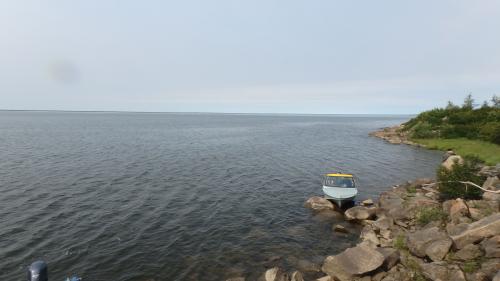
The crew
The trip required three small 60 horsepower boats full of researchers and equipment. The crew of one boat would be staying overnight and sampling an additional site the following day. Each boat carried 3-4 researchers along with a driver from NESS. The day started out smoothly with nice, calm winds and moderate temperatures. We stopped after about an hour and a half at a spot where we could see the edge of the treeline. After this point we would not see any more larch trees because we were leaving the boreal forest and entering the big, open, flat space of the tundra. The weather this far North is what is responsible for a landscape that is hindered by low temperatures and short growing seasons. The size and magnitude of the area is extremely difficult to capture on film, but is awe-inspiring to see it in person.
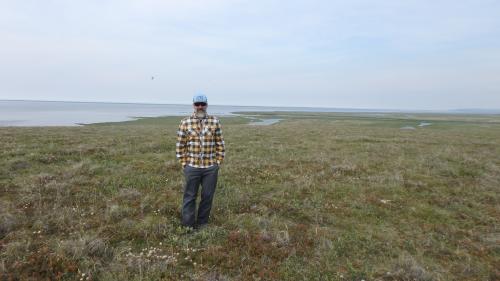
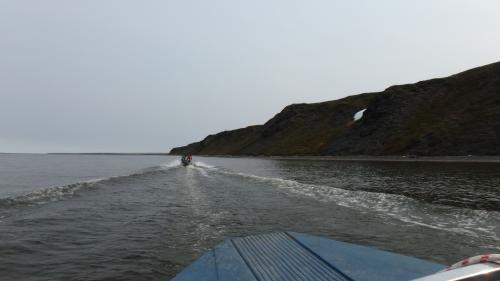
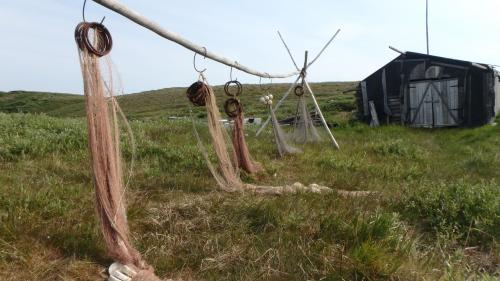
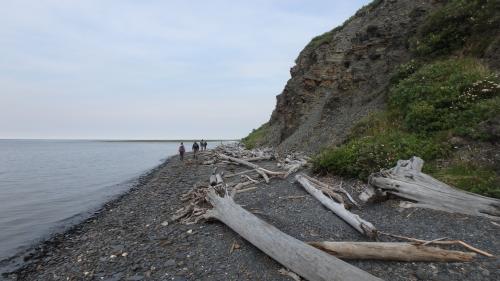
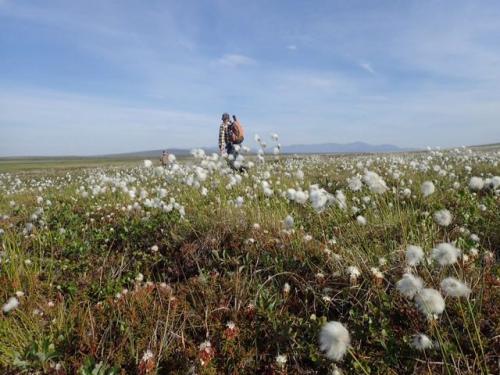
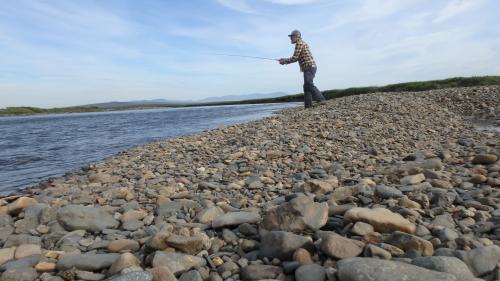
Expect the unexpected
The trip back started off predictably enough. The winds and sky did not look threatening and the two boats going back to NESS headed upstream. But, after 40 minutes into our trip, we noticed that our boat was taking on a lot of water. More than what our bilge pump could handle. Our captain stopped the boat to assess the situation and realized that we had a substantial leak! Moreover, it needed more work than we could give it on the water. We flagged down the other boat and made for the closest shoreline where we could safely beach the boat.
It was determined that this boat would not make it all the way back to the NESS so we used some pieces of driftwood and pulled the boat onto the beach. We improvised a new plan: the eight researchers got out, unloaded the gear and the drivers went back in one boat to retrieve the third boat at the fishing camp. That meant we were stranded until our captain returned.
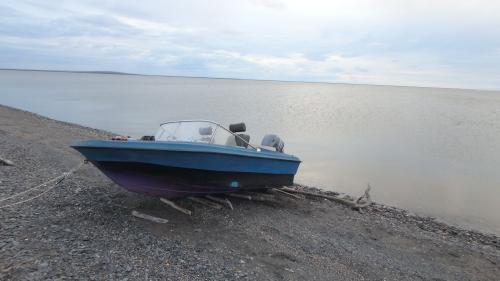
We reloaded the boat and headed back and that's when things got interesting. The weather quickly turned for the worse and the waves in the mighty Kolyma rocked our boats relentlessly. Our experienced captain kept everyone calm and constantly assessed the water and the situation with our safety as the number one priority. He used his knowledge of the river and took many side channels that were narrower and better protected by the wind. The expected three hour ride turned into almost 7 hours in the boat, but we arrived safely back at NESS at 3:45 am. Thankfully, we have 24 hours of daylight here in the Arctic because trying to navigate back to camp successfully in the dark might have ended quite differently.
Train for all circumstances
Prior to this trip PolarTREC teachers spent a week at an orientation in Fairbanks, Alaska. During the orientation we had many alumni speak to the group about being flexible, prepared, calm and to expect the unexpected when it comes to working in the field -- especially in such remote areas. My research team also took a weekend-long Arctic field training course to help prepare us for anything the Arctic can dish out. Well, we certainly had a chance to test out what we learned on the ride home from the TundraA treeless area between the icecap and the tree line of arctic regions, having a permanently frozen subsoil and supporting low-growing vegetation such as lichens, mosses, and stunted shrubs..
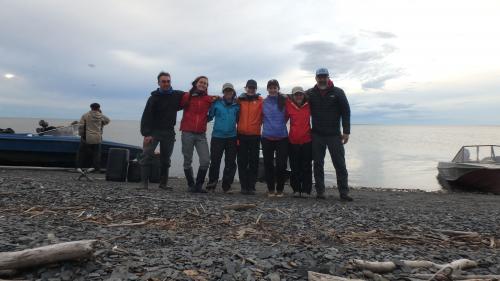


Comments